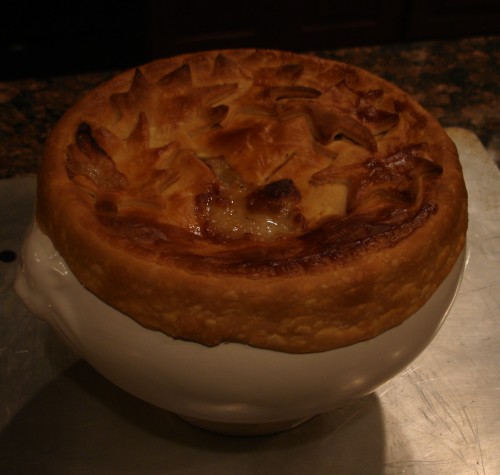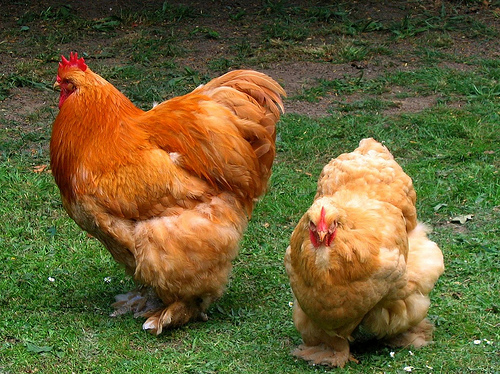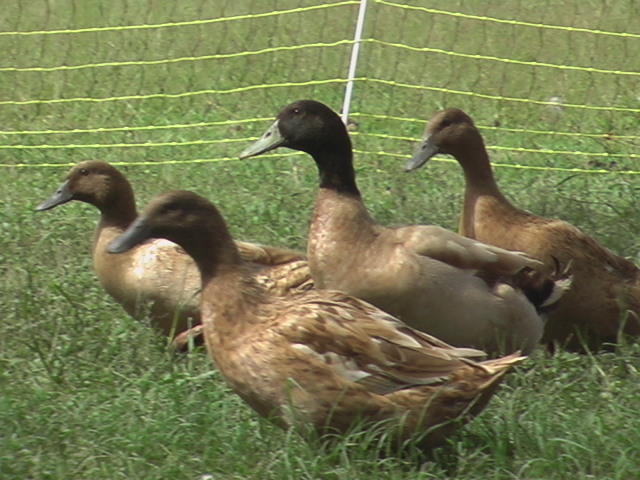Posts Tagged ‘Carcass’
Vermont Inspired Chicken Pot Pie

I have always been a huge fan of Chicken Pot Pies. As a child it was the only thing I would order when my family went out to dinner at Marie Callender’s. There’s nothing better on a cold weekend than the aroma of chicken, vegetables and herbs simmering in savory gravy. When I traveled to Vermont a few years ago I enjoyed several versions of this down home comfort food along with copious amounts of apple cider and Vermont cheddar cheese. But, those are stories yet untold.
Unable to decide on which version I liked the best I fiddled around with recipes, incorporating parts of each into a recipe that is now a favorite at our home. The main difference in my version versus those I’ve had in the past is the consistency. I love hearty winter dishes that are chock full of root vegetables in a thick sauce or gravy. And, this one has it all…veggies, herbs, and gravy, topped with a flakey pie crust. The only challenge is… I haven’t figured out how to assemble the pie so there is enough crust to top every bite of the filling. And let’s be honest – pot pie is all about the crust to filling ratio. Isn’t it?
The recipe is versatile, too. Any combination of roots from turnips to parsnips to potatoes along with the standard carrots, onions, mushrooms, peas and celery will work. It’s also a great way to use up leftover chicken. It’s amazing how much meat you can get from a carcass when it’s simmered down. And, the broth you get is nothing like anything you ever tasted. Each batch will be different because it takes on the flavors of the baked or roasted chicken.
Pot pies are also a great way to use the occasional stewing hen after her egg production years are over. That may sound gross or sad, but we are homesteaders after all, and everything on the farm has a use. And, what better use than a savory cold weather meal to take the chill off a hungry family. Read the rest of the story »


Recent comments
Aenean nonummy hendrerit mauris. Phasellus porta.